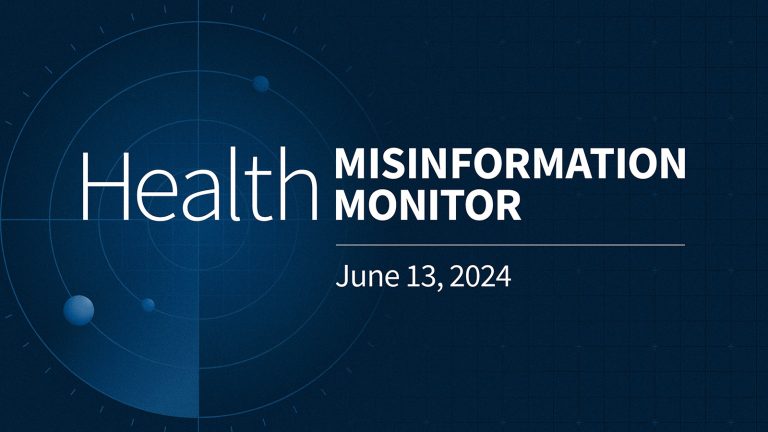The "Baby Olivia" Video: A Battleground for Misinformation in the Abortion Debate
The contentious debate surrounding abortion rights has found a new focal point in the form of "Baby Olivia," a video produced by the anti-abortion organization Live Action. This video, depicting fetal development, has become a mandated viewing in several public school curricula, sparking heated discussions and raising concerns about the spread of misinformation. While Live Action touts the video’s scientific accuracy, medical experts, including the American College of Obstetricians and Gynecologists (ACOG), have strongly condemned it, labeling it emotionally manipulative and scientifically misleading. ACOG has expressed concerns that the video prioritizes emotional impact over evidence-based information, potentially misinforming students about fetal development. Further contributing to the controversy, medical professionals cited by Live Action have been linked to anti-abortion and anti-LGBTQ+ groups, raising questions about the video’s objectivity and underlying agenda.
The online dissemination of the "Baby Olivia" video, primarily through Live Action’s Facebook page, has fueled the controversy. The organization has strategically re-released the video during critical moments in the abortion debate, such as the overturning of Roe v. Wade and the introduction of legislation mandating its use in schools. While the video has garnered significant support from anti-abortion advocates, criticism has surged each time its mandated use in schools comes under consideration. Despite the amplified attention, the overall online engagement with the "Baby Olivia" video remains relatively modest, suggesting a potential disconnect between perceived public interest and actual online discussion.
The limited online engagement raises intriguing questions about the real-world impact of the video. Despite generating controversy and media coverage, the actual volume of social media conversations surrounding "Baby Olivia" appears surprisingly low. This disparity highlights the potential for an echo chamber effect, where a small but vocal group can create a perception of widespread interest and influence. The relatively low engagement figures suggest the need for further research into the video’s true reach and the effectiveness of Live Action’s dissemination strategy.
Emerging Health-Related Disinformation Narratives: A Growing Concern
Beyond the "Baby Olivia" debate, several other health-related topics have become breeding grounds for misinformation, further complicating public discourse and potentially impacting public health outcomes. The regulation of abortion pills, gender-affirming care, and opioid settlement funds are among the key areas where misleading information has proliferated.
The classification of abortion pills as controlled substances in Louisiana has ignited fierce online debates. Medical experts have countered this categorization, emphasizing the FDA’s rigorous regulation of mifepristone and its long-standing safety record. Misoprostol, another medication targeted by this legislation, is commonly used in various gynecological procedures. Social media reactions to this bill have been predominantly critical, reflecting concerns about restricting access to safe and legal abortion options.
Misinformation surrounding gender-affirming care continues to circulate, with a recent viral post falsely linking such care to increased suicide rates among children. This claim contradicts established medical consensus, which highlights the positive mental health outcomes associated with gender-affirming care. The spread of this misinformation fuels harmful stereotypes and undermines the well-being of transgender and gender-diverse youth.
Finally, discussions surrounding the allocation of opioid settlement funds have generated significant online engagement. A recent television segment advocating for the use of these funds to support harm reduction programs spurred diverse reactions. While many expressed support for this approach, others denied the existence of an opioid crisis, further demonstrating the challenges in addressing this public health emergency.
Navigating the Misinformation Landscape: A Call for Critical Evaluation
The proliferation of misinformation across these critical health issues underscores the urgent need for increased media literacy and critical evaluation of online content. The "Baby Olivia" video and the debates surrounding abortion pills, gender-affirming care, and opioid settlement funds serve as stark reminders of the potential for misleading information to shape public opinion and influence policy decisions. As these debates continue to unfold, it is crucial for individuals to seek out credible sources of information, challenge unsubstantiated claims, and engage in constructive dialogue to promote accurate understanding and informed decision-making. The increasing prevalence of misinformation underscores the importance of equipping individuals with the tools necessary to discern fact from fiction and navigate the complex landscape of online information. By fostering critical thinking and promoting evidence-based decision-making, we can mitigate the detrimental effects of misinformation and create a more informed and empowered public discourse.


